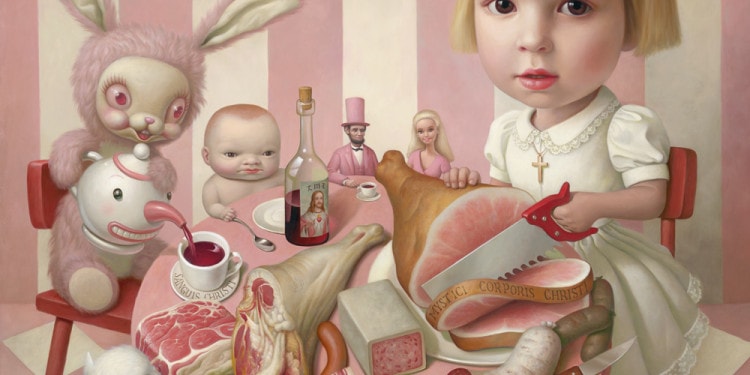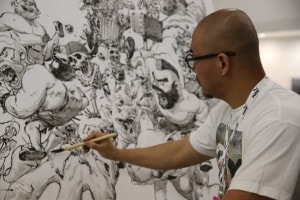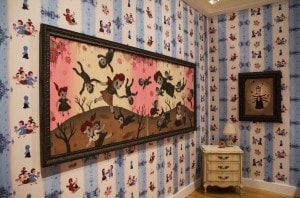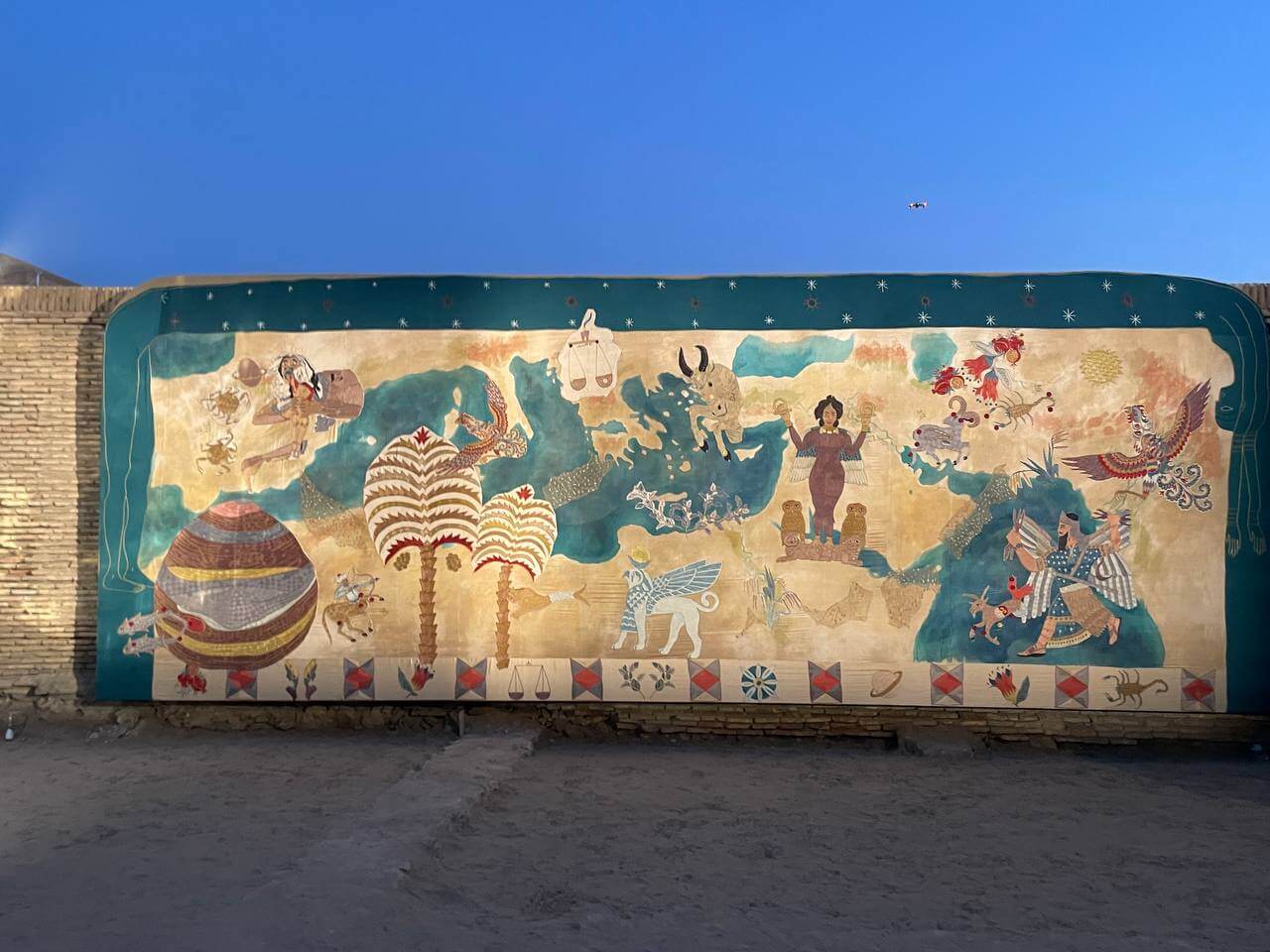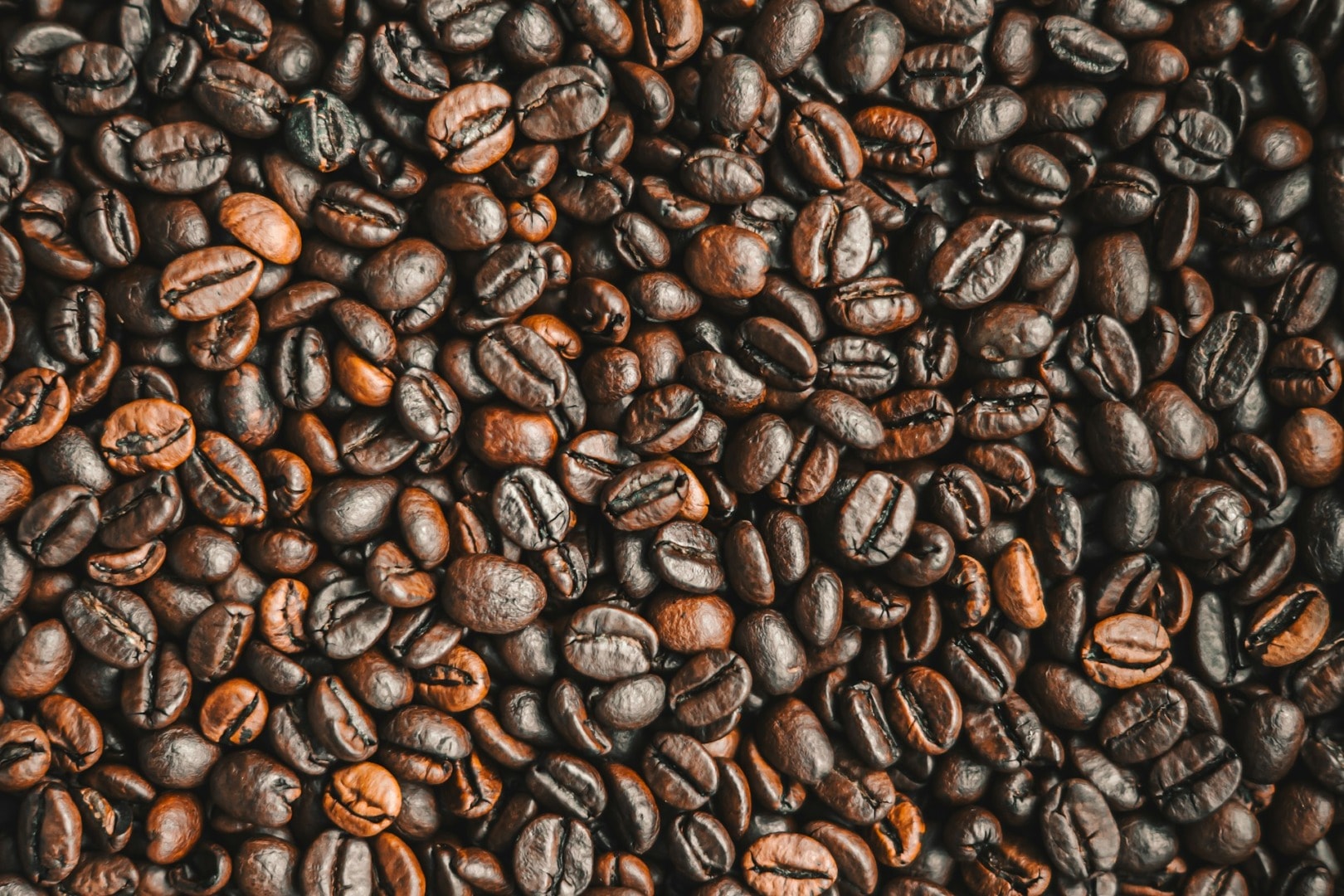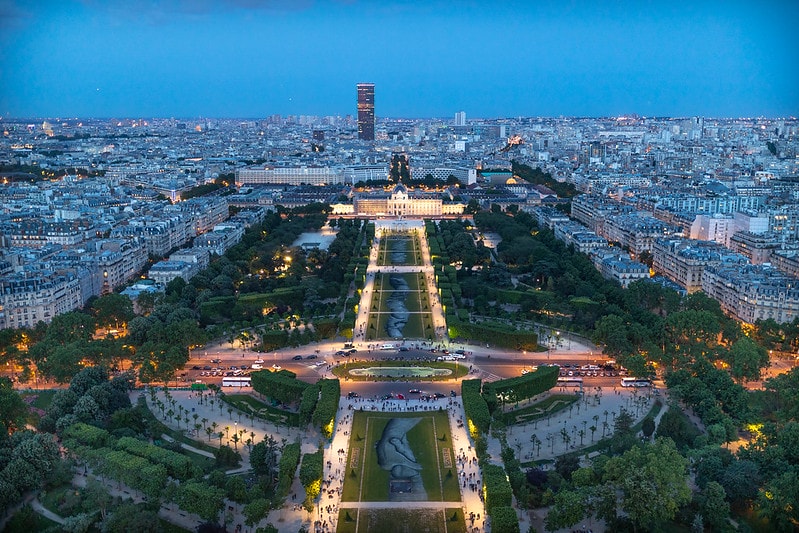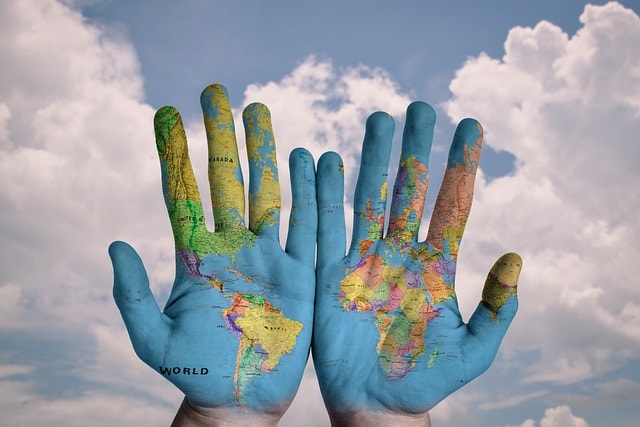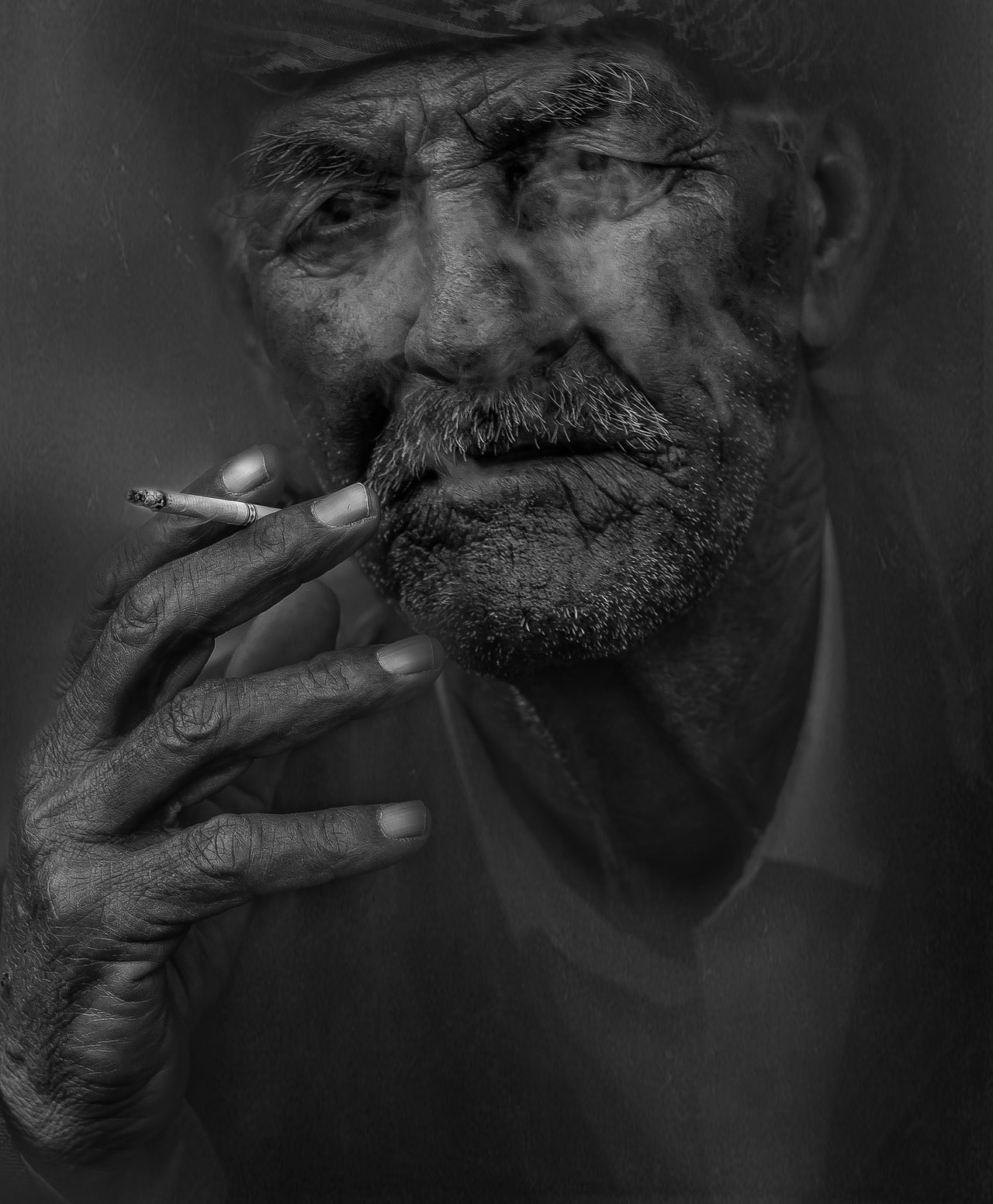Mark Ryden is an American artist based in California. He is said to have ushered in the new genre of painting and Pop Surrealism, into mainstream art culture. His style, which is reminiscent of the works of the Old Masters, has blurred the traditional boundaries between high and low art. Though inspired by surrealist techniques, he has filled his work with cultural connotations. His work is both mystical and realistic, innocent and eerie. The bright colors and childlike figures on the surface hide a darker, mysterious psyche. His paintings are meticulous and full of detail, with each detail having a significant importance.
Below are highlights from our conversation.
Tell me a bit about yourself? How did you life in art begin?
M.R.: I spent the vast majority of my time as a youth drawing and painting. I was also very interested in math and science, but art was my main love. In college, I pursued illustration because I didn’t see myself fitting it with what was happening in the fine art world of the 1980s. I had a passion for classical art, figuration, surrealism, and imagination. These subjects were all but banned from what I saw as a dry and dull art world at that time. For a decade I did commercial work, but things started to change dramatically in the 1990s. I found myself part of the fresh exciting art movement of Pop Surrealism.
My work is simply the result of the subconscious accumulation of everything I am interested in.
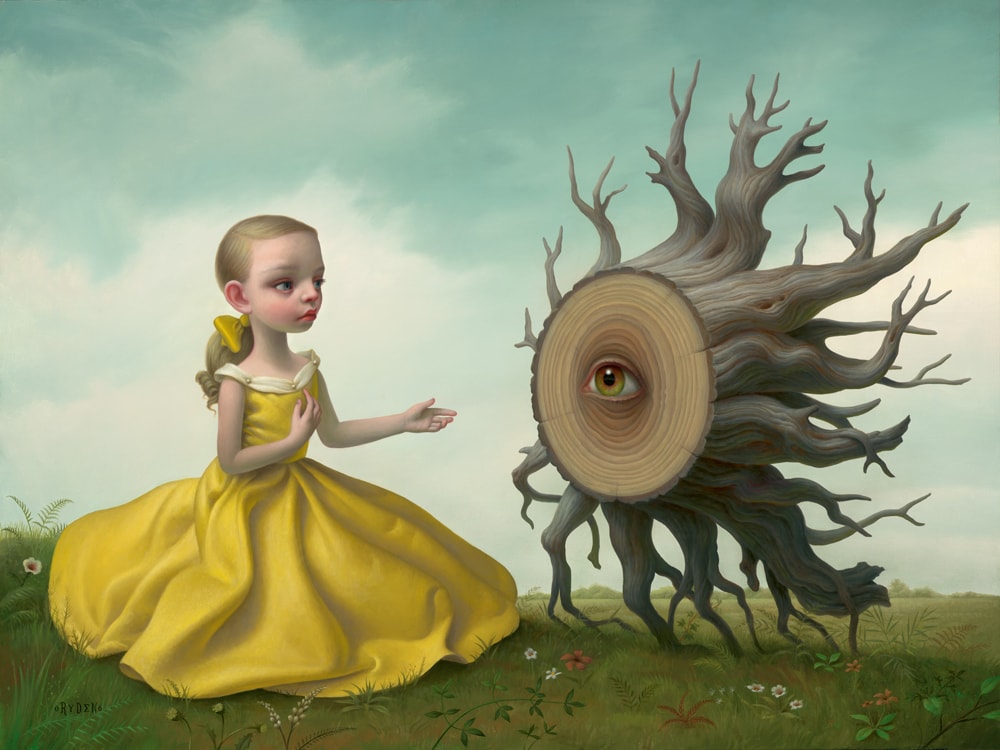
Artwork: Apology
How did you develop your style or aesthetic?
M.R.: I believe if an artist consciously attempts to develop a “style” that art will be hollow and superficial. An artist’s work has to develop more honestly and naturally. I think my work is simply the result of the subconscious accumulation of everything I am interested in. I try not to judge any particular inspiration as being more valid than another. I can let an Old Masters painting influence me just as much as a vintage cartoon.
Related articles:
“DRAWING FREESTYLE WITH KIM JUNG GI“
“FOR THE LOVE OF TOBY — GARY BASEMAN”
How do you connect the various styles- pop, surreal, traditional of your work seamlessly?
M.R.: It’s simply the way I think. All of these things connect in my own mind.
I choose to work with figures that carry iconic power, but I like to leave the mystery undisturbed.
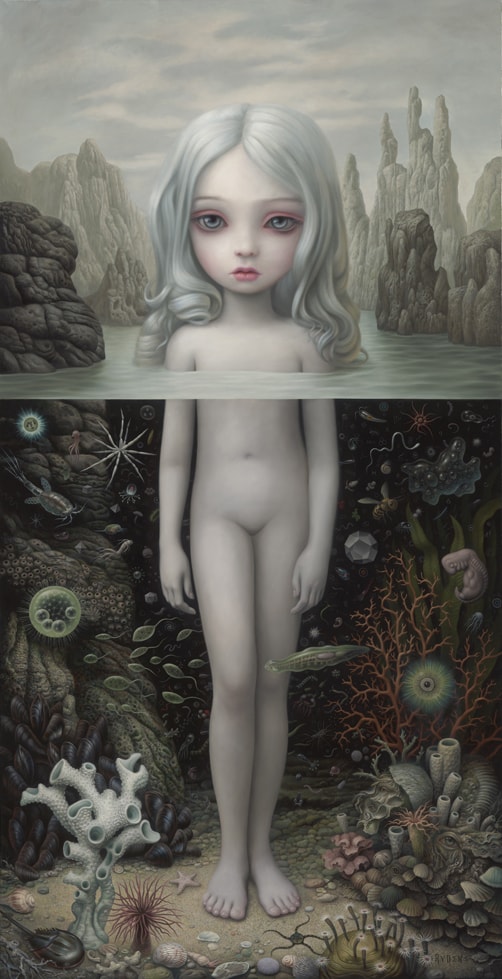
Artwork: Aurora
Can you describe your working process from idea to finished product?
M.R.: I start by looking at the things I surround myself that inspire me. I can’t move forward in any way if I don’t feel a strong spark of excitement or creativity. It’s important to be in a peaceful state of mind and then I invite the spirits to come into the studio. I don’t stare into a blank canvas or paper. I look through my various collections of books, toys, statues, photographs and other things, and something will trigger an idea. I will make many, very loose sketches. Eventually I will be forced to pick something to take further. The decision is difficult because I can’t make that many finished paintings. They are meticulously painted and take a very long time to create.
What are the various challenges you face?
M.R.: My biggest challenge is managing my time. There are some many paintings and various projects that I want to do, but I can only do so many things. I often try to do too much. The business and logistical side of being an artist can swallow up all my time if I am not diligent to prevent it. I spend too much time with email. I hate email.
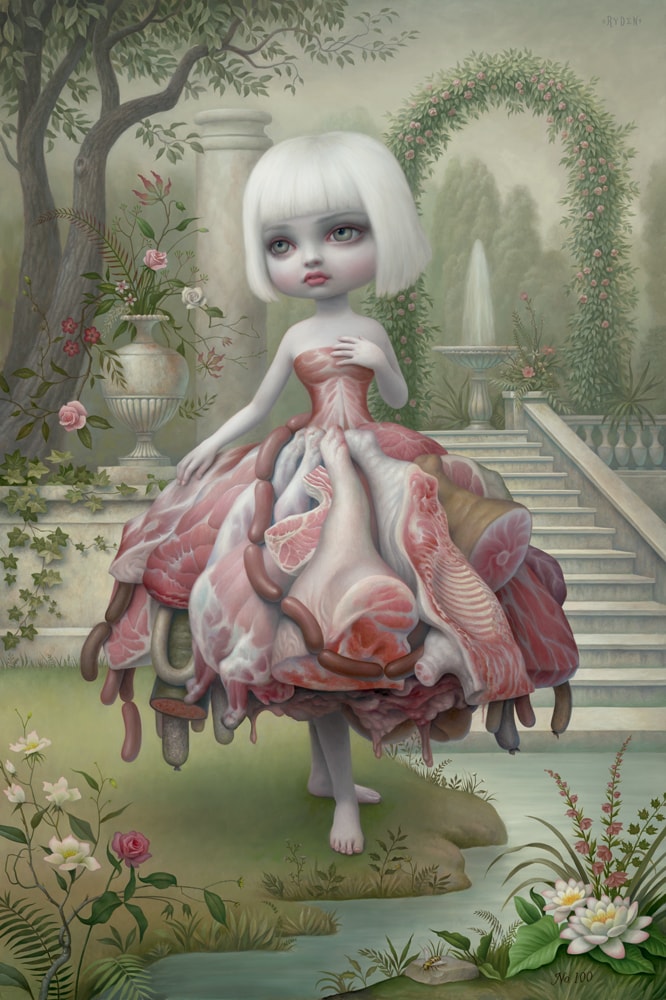
Artwork: Incarnation
What kind of narratives or stories do you like to convey through your work?
M.R.: I don’t attempt to convey any of my own stories or narratives, instead I like that my work can trigger the viewer to imagine their own narrative or story. For me, the meaning of a painting can’t be described with words or a story. Instead it is the image itself that is the meaning. I choose to work with figures that carry iconic power, but I like to leave the mystery undisturbed. I leave it to the viewer to interpret the images how they will.
What would you cite as your inspirations behind your work?
M.R.: Inspiration is the most valuable commodity for an artist; it is for me anyway. My studio is packed full of things that inspire me. I live inside my own cabinet of curiosities. My studio and house are overflowing with stuff. I regularly go to flea markets and antique shops where I have amassed a variety of things that inspire me. I collect everything from old children’s books, interesting product packages, to toys, photographs, medical models, skeletons, shells, minerals, and religious statues. I also have an extensive collection of books on shelves that go all the way up to the high ceiling behind my easel and drawing table. I think it is the range of diversity of my inspirations that most defines my art.
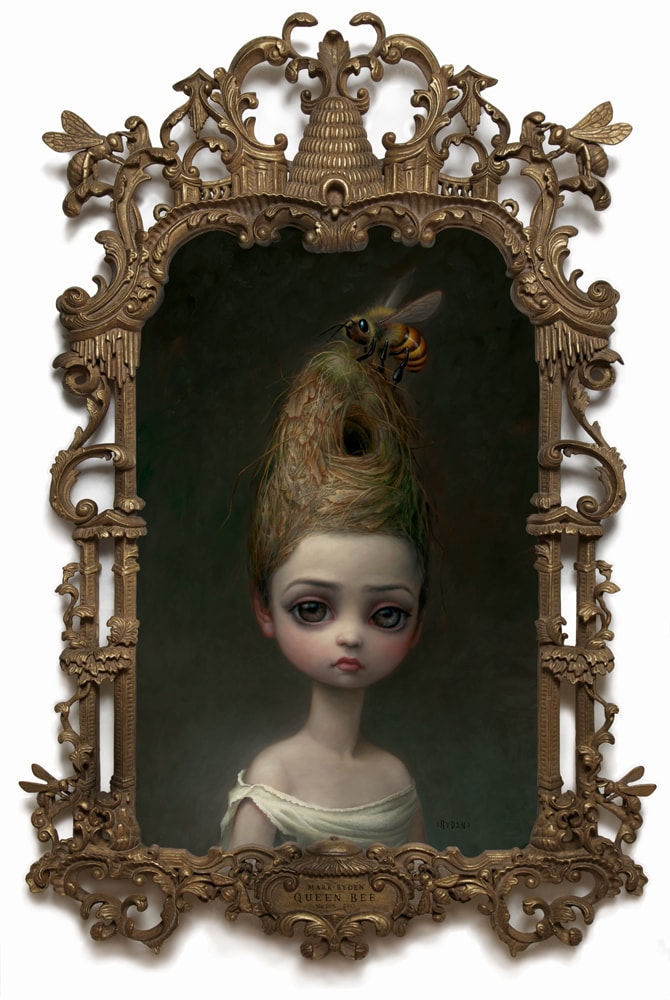
Artwork: Queen Bee
Which artists do you admire? How have they influenced you?
M.R.: I admire and have been influenced by countless artists. Most are from long ago such as Carpaccio and Bronzino from the early Italian Renaissance. I like Northern Dutch artists like Van Eyck and the later French academic painters David, Gérôme and Ingres. But, I also like contemporary artists like John Currin. One of my favorite painters right now is Neo Rauch. They all influence me in many different ways. I like the way Bouguereau exquisitely paints flesh while the characters of Leonoroa Carrington seem mystical.
What would you say is your favorite piece of your own work and what does it mean to you?
M.R.: I like different pieces for different reasons. One piece that pops into mind is Medium Yams because of its modest scale and simplicity. In general I gravitate towards creating massive, detailed, and epic works. While Medium Yams was a very small and simple piece it held great power. It was a favorite of many at the exhibition where it was displayed.
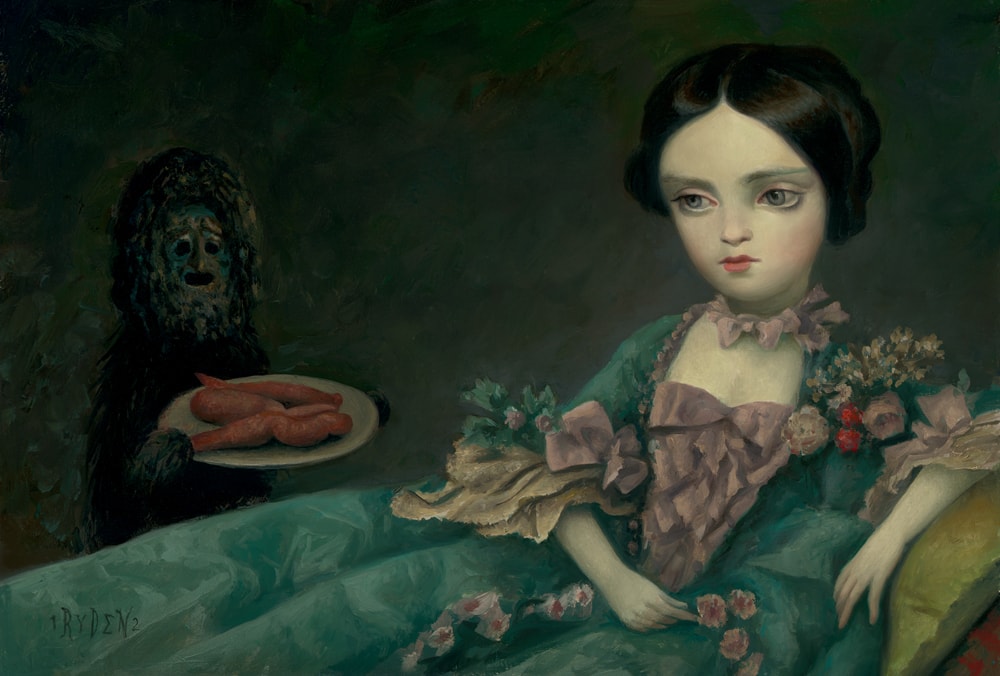
Artwork: Medium Yams
—


